
When it comes to split TV design, we must first look at the benefits of designing a TV as a split. The feature of split TV is that CPU, GPU and other performance components are removed from the back of the screen and transferred to the “box†independent of the screen by an external method. In the recently launched split products, these components are transferred. In the Soundbar with TV. The advantage of this design is that the thickness of the body can be greatly reduced, so that the TV body is more lightweight; at the same time, split TV can be achieved through the replacement of the external host part of the overall performance of the TV, to avoid the replacement of the entire TV Cost, after all, the durability of the TV screen is higher, and the performance hardware such as CPU, GPS, and memory is upgraded faster, especially in the era of smart TV.
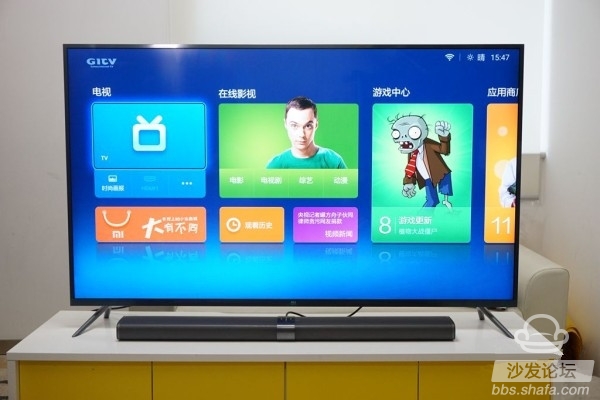
There are also many people who believe that apart from the fact that it is more convenient to replace, there is no difference between split TV and ordinary TV. In fact, this is not the case. We have developed several alternative games for split-TV, which may have provided more inspiration to users and future television designs.
The design is still familiar
Before that, let's take a look at the specific performance of Xiaomi TV 3 as a whole. This time we got the 60-inch version of the millet TV 3, official website price 4999 yuan, mainly including a 60-inch screen body and a Soundbar speaker with a built-in main control chip, if you need a subwoofer need to be purchased separately.
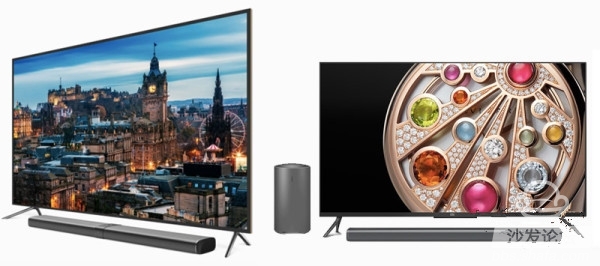
From the screen body, the overall shape does not change much from the previous generation. The screen thickness of the 60-inch TV is 11.63mm, and the thickness of the screen is similar to the thickness of the general mobile phone body.
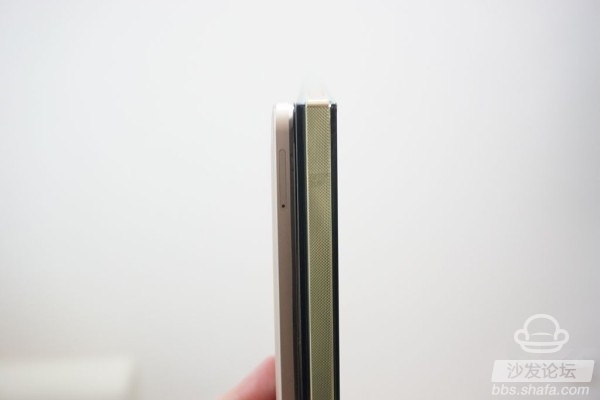
The border is made of metal, and the base of the metal material continues the "Y" design of millet TV.
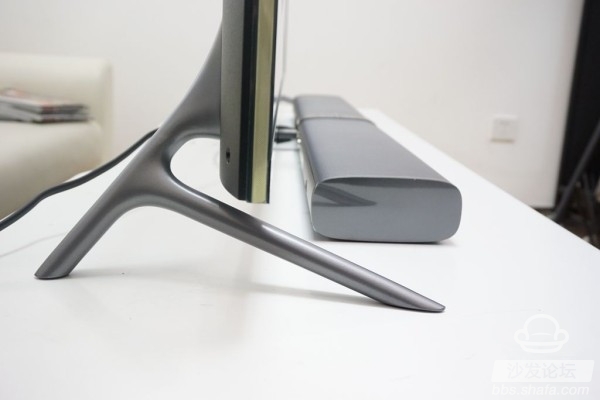
The main changes are concentrated in the Sounder part. The Soundbar of the Millet TV 3 has a built-in TV chip, so it is a bit larger than the previous generation of Xiaomi TV's 2S Soundbar. The material is still metal, and the operation buttons on the new Soundbar have been changed from the previous generation. The side of the speaker is moved to the center directly above the speaker for easier operation.

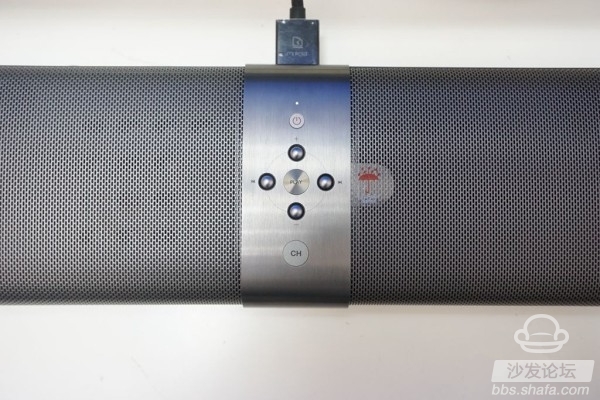
After turning over the Soundbar, we can see that almost all the original TV interfaces are integrated into the rear of the speaker, including three HDMI interfaces, a USB 3.0 interface, a USB2.0 interface, as well as VGA interface, cable interface, sound / Video interface and analog signal DTMB interface, the most important is the middle of the "MI PORT" rice noodle interface, which is the only connection between the Soundbar host and the screen.
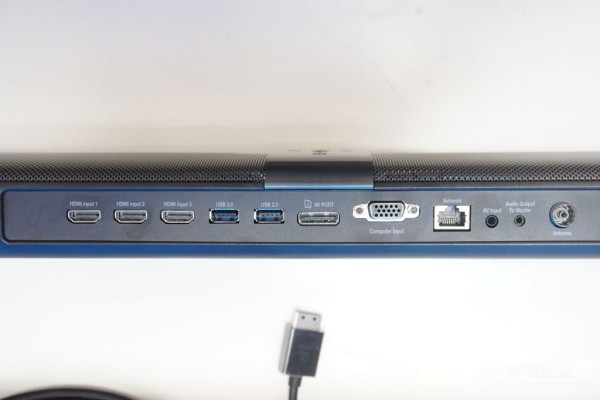
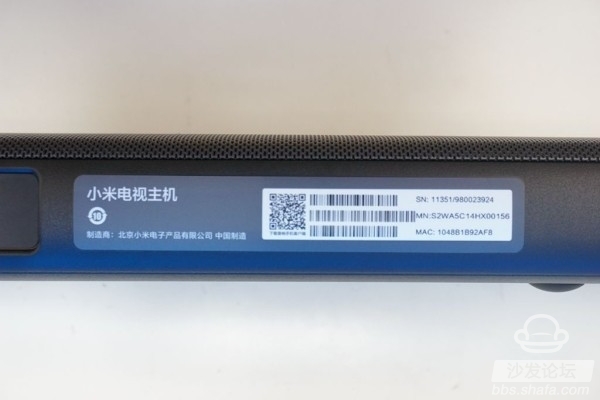
In addition, both ends of the rice noodle connected to the television screen are all the same interface, which is slightly wider than the general HDMI interface. The audio and video transmission is also performed while power is supplied to the host via the screen. If the screen of the millet TV 3 is not connected to the host, only the screen cannot be used alone.
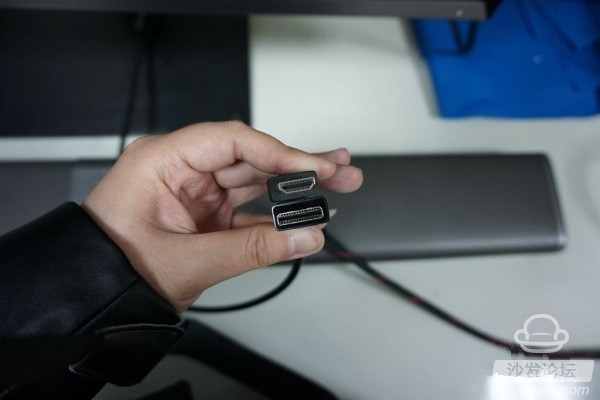

Hardware configuration: independent speakers are eye-catching
In terms of hardware performance, this millet TV 3 uses the original LG 4K screen, backlight developed by Xiaomi and Ruiyi, built-in 6M60 professional image processing chip and MEMC dynamic image compensation technology, dynamic picture response speed of 8 milliseconds, static contrast is 1200:1, the refresh rate is 60Hz (the refresh rate of the 55-inch millet TV 3 is the same as 60Hz, and the refresh rate of the 70-inch version is 120Hz).
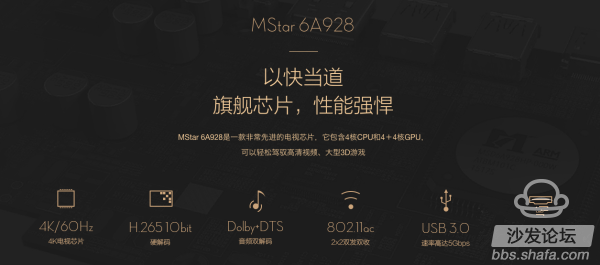
On the chip side, the 60-inch version of the millet TV 3 uses the current mainstream MStar 6A928 Cortex-A17 quad-core chip, clocked at 1.4GHz, with a GPU of Mali-760 MP4 4+4 core design, 2GB of DDR3 memory, and 8GB of flash memory.
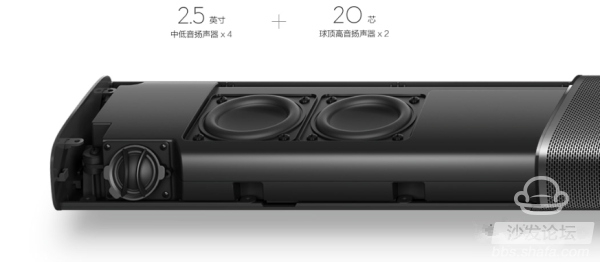
Sounder speakers, built-in four 2.5-inch bass speaker, two 20-ball dome tweeter, coverage frequency of 60-22000Hz, if you can use an external subwoofer better.
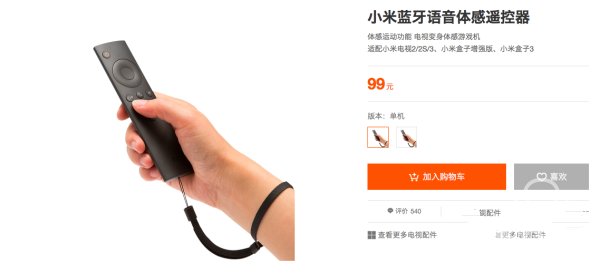
In addition, Xiaomi TV 3 does not support 3D graphics like previous TVs. Therefore, it does not have 3D glasses. The standard TV remote control is the same as the previous generation and does not have voice and somatosensory functions. However, there is voice support on the official website. And somatosensory remote control for sale, the price is 99 yuan.
Quality evaluation
In terms of picture quality, we used a "classic" 4K TV resolution test chart (samples are screen shots of TV screens). In the upper text representation, the second line of small words can be clearly visible after zooming in. Some of the text can also be identified, indicating that Millet TV 3 is worthy of recognition in the optimization of details.


Next we use a solid color to detect the color performance of the screen of the millet TV 3. We played white, green, blue and red in turn.
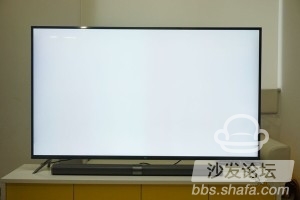
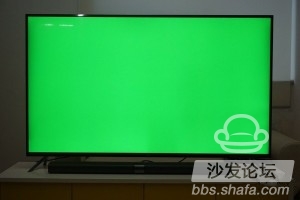

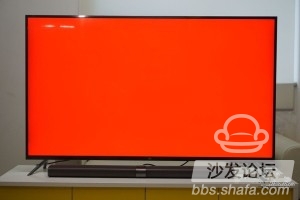
As can be seen from the figure above, the screen of Xiaomi TV 3 is fuller in color performance and there is no obvious color cast phenomenon. It is only when displaying white and green that you can see the phenomenon of uneven backlight on both sides of the screen. It is not obvious.

In the color transition test, the transition between the various color segments is relatively natural; while in the two-stage gray-scale test, except for the “digital 1†position, which is difficult to distinguish, the remaining numbers can be identified.
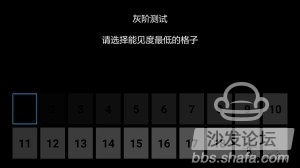
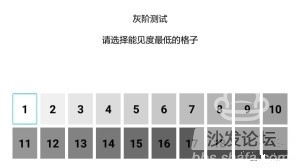
Sound quality / quality experience
In the picture experience session, we first mainly use the static and dynamic pictures to watch the performance of the screen on the human skin texture and scene details.

In the static picture, the texture of the human skin is real, the enlarged root of the eyebrow is visible, and the skin texture is also very clear.


In another photo, the red and orange colors are fuller, and the texture details of the character's head trim are also more clearly magnified.


In the dynamic picture, the character hair is clearly displayed and the texture of the mouth is also visible.
In terms of audio, because Xiaomi TV 3 uses an external Soundbar design, theoretically it will have better sound quality than traditional TV. In the actual audition, we chose the Eagles California hotel and Yan Xuemin's drum poetry and other music.

In general, the Soundbar of Xiaomi TV 3 has a certain degree of flexibility, especially after opening Dolby music mode, the sound elasticity is good when the drums are played, and the deep sound after each drum sound can also be clearly discerned, and the vocal separation is also clear and clean. The sound of striking between sticks and sticks is relatively crisp, and there is no broken sound in the audition. The performance in the midrange is satisfactory. If the subwoofer can be used to strengthen the bass depth, it should be more comprehensive.
System operation: Still the TV version of MIUI
Millet TV 3 uses the GITV broadcast control platform, which is also one of the platforms adopted by many new TVs in 2015. The system follows the MIUI TV version. The specific millennial TV evaluation articles can be referenced. The operation logic of the interface is similar to the Xiaomi mobile phone. In the system, all software downloaded by users will be tiled on the desktop.
Since the standard remote control does not support speech and somatosensory operations, it will not be described here.
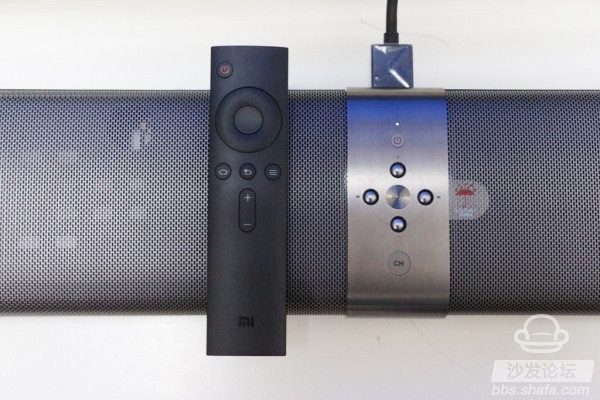
The 11-key design of Xiaomi Remote Control simplifies the traditional remote control design. In fact, in addition to the power button, most of the TV operations can be completed by using the left, right, and confirmation keys and the return key.
Mobile smart interaction
In terms of smart functions, Xiaomi TV 3 can use wireless display to perform wireless mirroring between the mobile phone and the TV. In addition, it can also perform remote control operation and wireless push of the movie through the "Screenshot Artifact" APP, completely abandoning the remote controller and operating it. .
The "Cast Screen Artifact" APP built into Xiaomi TV 3 can be connected to the same APP on the mobile phone through WIFI, thus realizing the remote control of TV functions and the push of online video, which can completely replace the TV remote controller.


However, the wireless display function in Xiaomi TV 3 is not to use mobile phones to control TVs. Instead, the screen of the mobile phone is fully projected onto the TV screen, including photos, videos, texts, and even games in the mobile phone... Any picture displayed on the screen of the mobile phone will be Being shared on TV screens, it is useful as a function to share mobile content in real time.
Game entertainment experience
Since Millet TV 3 has a good CPU and GPU configuration, it should have good performance in game performance. In order to actually test the effect, we downloaded Assassin's Creed 2 and Prince of Persia on TV. (The game needs Xiaomi handle support, the handle needs to be purchased separately)
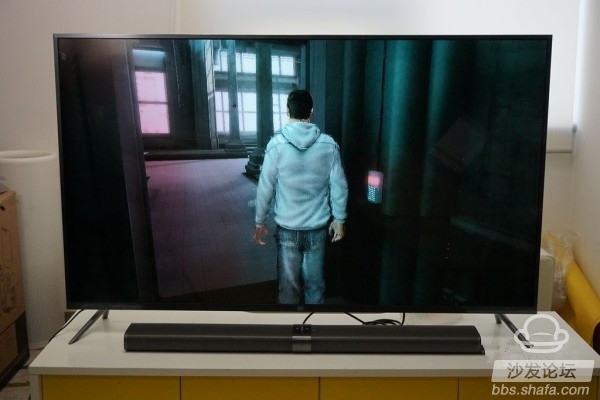
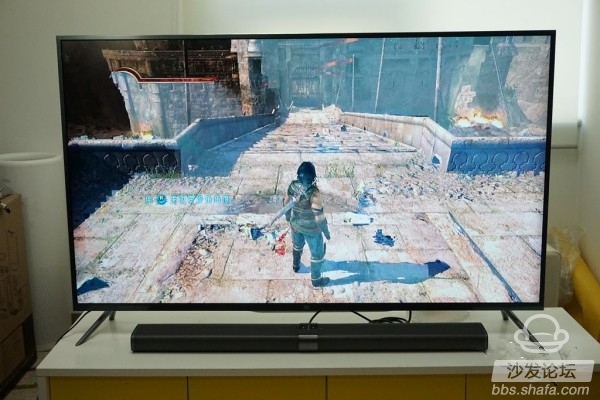
When the two games are running, the loading time is moderate, and there is no obvious karting phenomenon in the operation screen during the game. (In the video demonstration, the picture quality will be automatically reduced due to the on-site network)
TV cross-game play
Finally, to unveil what we said at the beginning of the split-TV gameplay, we have completely used the split-screen TV to separate the screen from the host. The Millet TV 3 also has another feature that the host can use with other brands of flat-screen TVs. .
Old TV upgrade intelligence
You like the configuration and system of the Millet TV 3, but it costs 4999 yuan to replace the old TV at home. What a pity, how can it be broken?
Did you forget that this is a split TV? In fact, it is very simple, spend 999 yuan to buy a millet TV host alone on it, but also equivalent to buy a Soundbar speaker. After the host reaches the hand, the host computer is connected to the HDMI interface of the old TV through the noodle to the HDMI interface, and the old TV can be regarded as a pure display, so that the hardware configuration of the millet TV 3 can be used at any time.
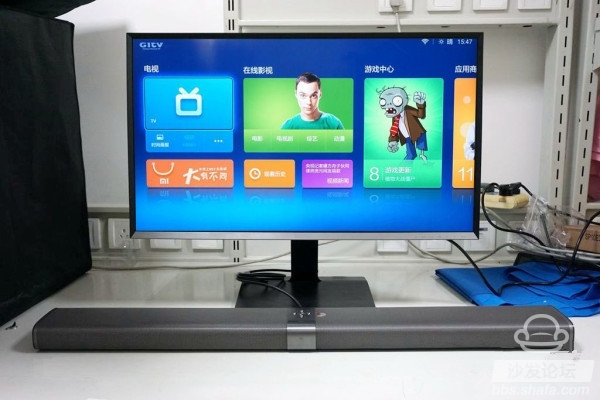
In addition to the previous generation of TVs not willing to change can be solved in this way, if the family has already bought a picture quality is good, but the hardware performance has begun to lag behind the high-end TV, the same can also be processed.
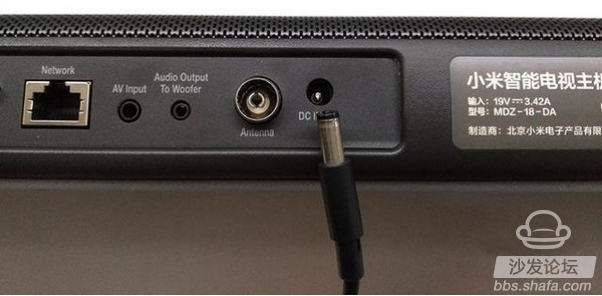
The first thing to note here is that the hosts in the Millet TV 3 Suite do not have the ability to mix with other brands of TVs because the hosts in the suite rely entirely on the noodle cords and cannot independently supply power. If you want to use the host of Xiaomi TV 3 to connect to other TVs of existing brands, you need to purchase the host of Xiaomi TV 3 separately. The accessories for the HDMI interface of rice noodle connector can also be purchased separately. After solving the problem of separate power supply of the host computer and conversion of the meter to HDMI, the host of the millet TV 3 can almost connect to any display device with an HDMI interface. From the old TV to the high-definition projector, DIY can be used as a smart TV.
Evaluation summary:
Millet TV 3 is not the first split TV, but it has retired to the market at a more realistic price for split-TV designs that have been quiet for many years. In previous split TVs, only the host and screen were designed separately, but still Keep it in a set. This time, Millet TV 3 has changed this line of thinking. A single-use TV host allows users to use it with almost any other flat-panel TV.
Obviously, the main feature of this millet TV 3 is not the appearance. It can be seen from the continuation of the previous generation's design. Of course, this is more beneficial to reducing the manufacturing cost of the product. The independent host makes this TV allow users to match the performance and speakers of the Millet TV 3 with any of their favorite screens. On the one hand, it satisfies the dual pursuit of “high-end picture quality + game performance†by some users. On the other hand, The software (system) content of Xiaomi TV has been entered into more users' homes through the form of a host computer. After all, not everyone is willing to directly replace the Sharp or Sony TVs they have just bought with Xiaomi TV.
Appearance:★★★
Continuation of millet TV 2S design
Performance: ★★★★★
CPU, GPU mainstream mainstream configuration
Quality:★★★★
The picture details are good, the screen edges are slightly uneven
Sound quality: ★★★★★
Independent Sounder speaker, wins TV built-in speakers
Smart:★★★★
Mobile phone can replace remote control, support mobile phone mirroring
Features: ★★★★★
Split design, the host can "fit" any flat-panel TV
What is an industrial router? Which industries are they mainly used in?
With the continuous development of the network and the continuous progress of various industries, some new concepts and development directions have actually emerged during the period. For example, from the current point of view, many enterprises in the development process in order to have good efficiency and speed, as well as the use of more functions, gradually began to use industrial routers. Of course, for this type of router, we also have a lot of problems, so today we will discuss to see, what is an industrial router? Which industries are they mainly used in?
What is an industrial router?
From the basic concept, an industrial router is a wireless data transmission function that provides users with wireless data transmission through a public wireless network. For example, we use mobile phone data to transfer things to another mobile phone or computer, in fact, the principle is very simple. Of course, the specific usage operation is different. In the process of use, the industrial router has the advantage of allowing multiple users to use the same integrated network system to access the network, which is also very convenient in the work. In fact, at present, industrial routers are gradually widely used in different industries, and the practicability is also very strong.
Industrial routers are mainly used in what industries?
The first is some of the contents summarized for the concept and basic principles of industrial routers, and for the use of industrial routers, it is also some of the issues that we are concerned about. From the current point of view, the first is widely used in intelligent transportation, such as in the application of high-definition electronic bayonet, road wireless video surveillance, vehicle monitoring or security monitoring, etc., which is also very important; Secondly, it is also widely used in the financial industry, such as the use of wireless atm self-service terminals, wireless pos machines or other applications; In addition, it is the application of the power industry, such as transformer remote monitoring management, circuit line video surveillance and substation video surveillance and so on. In short, the use of industrial routers is also more extensive.
How to choose an industrial router?
Although the industrial router is widely used now, the choice we made at the beginning is still more tangled, from the feedback of the market, Movingcomm router is actually very good. According to the needs of the industry environment, based on SD-WAN+ Internet of Things, intelligent networking can then be formed into a large local area network through the cloud platform router in many places. Therefore, the focus of security monitoring can also be concentrated to complete the work of remote video surveillance, but also to meet the needs of remote working, for some of the industries we mentioned earlier, the practicality of this program is also very good. Moreover, the technology of remote networking and intelligent networking is also very mature, and the security and stability are also good. In short, the advantages of Movingcomm router are still many.
Industrial Router,Industrial 3G Router,Industrial Cellular Router,Industrial Router Din Rail
Shenzhen MovingComm Technology Co., Ltd. , https://www.movingcommiot.com
